Oil palms are now widely cultivated around the tropics to satisfy massive global demand for their oil – a whopping 76 million metric tonnes were produced last year alone. Yet the deforestation, monoculture plantations and corporate-controlled supply chains that many of us have come to associate with palm oil are a world away from the community-based food system that first produced it.
Before the mid-19th century, all palm oil was produced by hand in West Africa, where the oil palm is indigenous and has been closely linked with local livelihoods for thousands of years. But the Industrial Revolution caused a surge in demand for palm oil in Europe, and the need to secure reliable supplies led to the development of oil palm plantations. Throughout the colonial and post-war era, foreign investment drove intensive expansion of these plantations at the expense of indigenous people, forests and wildlife. Things are not that different today, except that corporate actions are increasingly scrutinised by watchdogs, buyers and investors, for whom unethical practices pose an increasingly high risk.
Early trade and the Industrial Revolution
When Europeans arrived on the Guinea coast in the 15th century, the significant local consumption of palm oil did not go unnoticed. When merchants began trading slaves, and shipping them across the Atlantic, they purchased palm oil as food for their human cargoes. Then, when the Atlantic slave trade was outlawed in 1807, the British government encouraged traders to capitalise on pre-existing connections with dealers in the West African interior and adopt palm oil as an alternative commerce. Further encouragement was added in 1845, when the British government abolished duty on palm oil.
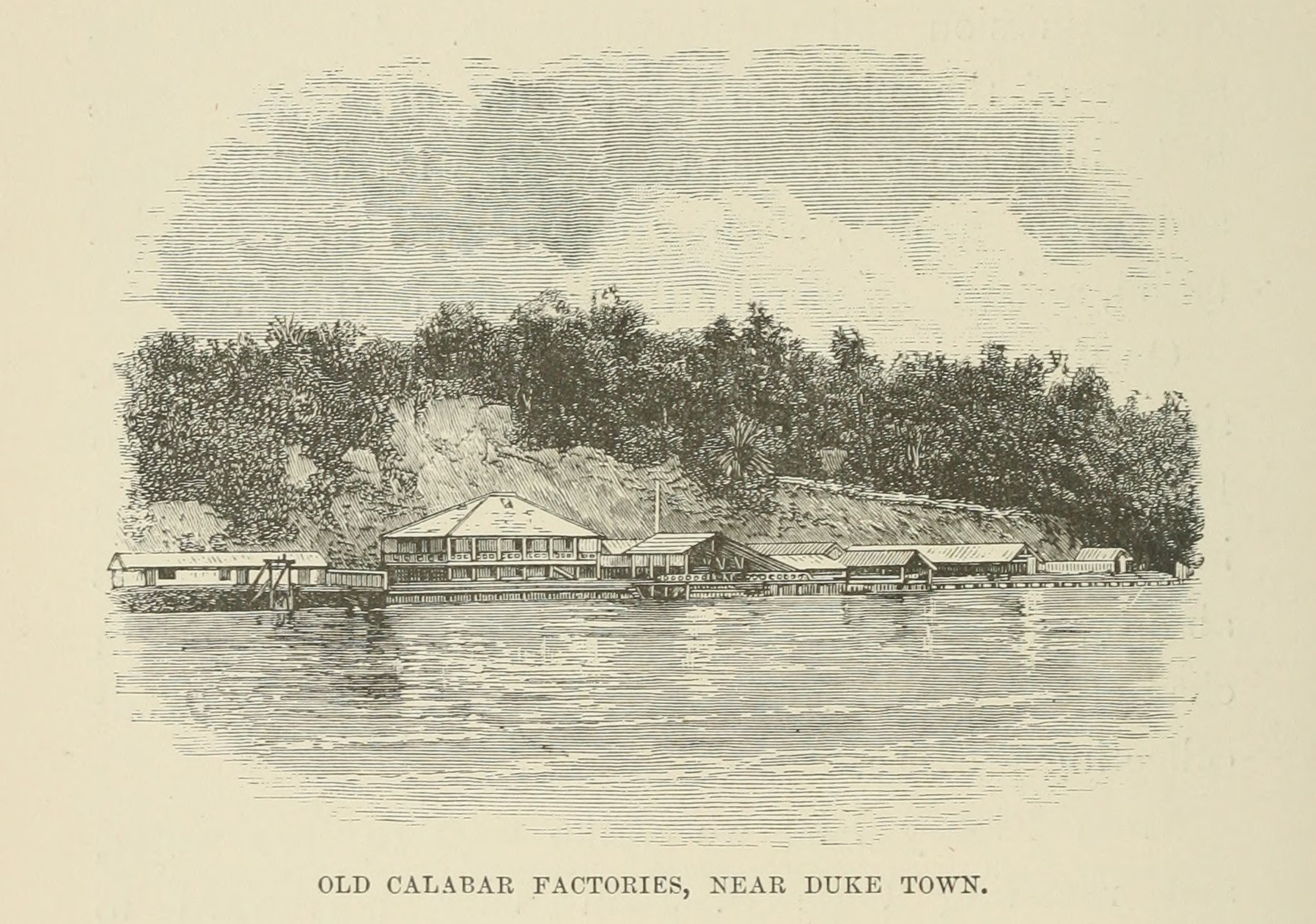
By the 1870s, palm oil was the primary export of many West African countries. But production was still entirely dependent on semi-wild palm groves and manual processing, which meant the quality of oil varied widely, and its supply was somewhat unreliable.
Meanwhile, palm oil had become a key material greasing the wheels the Industrial Revolution in Europe. Manufacturers found it to be an ideal substitute for the animal-based fatty wax traditionally used in soap manufacturing and candle making: the lather produced by palm oil-based soaps was more satisfying, and the candles were odourless upon burning. Palm oil was also perfectly suited to use as an industrial lubricant, for oiling engine parts and in tinplate production.
These new uses, combined with rapid population growth and urbanisation, resulted in surging demand for palm oil in Europe that West Africa’s traditional systems of production were hard put to meet. This kick-started efforts by European colonialists to expand production along industrial lines.
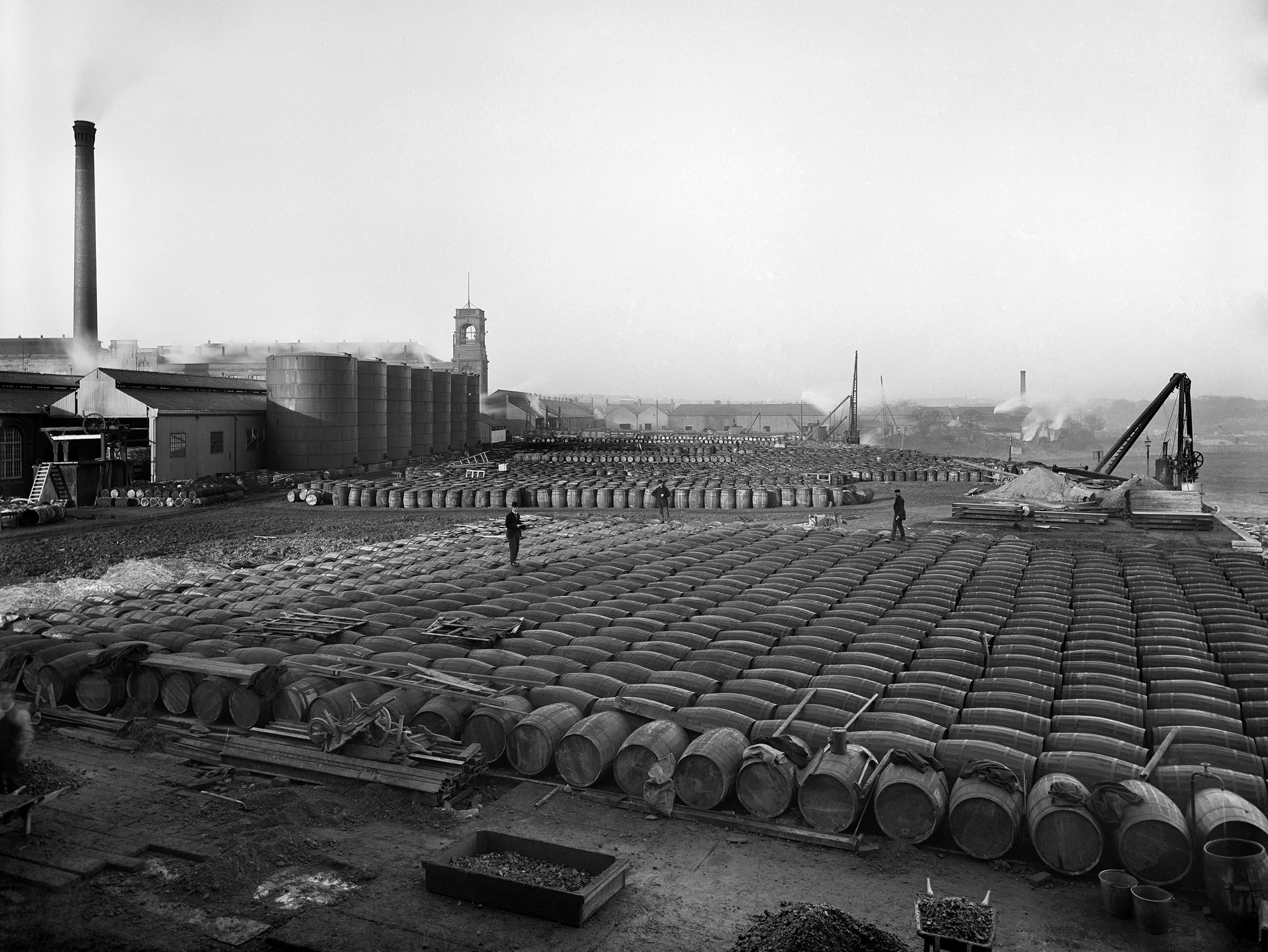
Lord Leverhulme’s plantations
There were some early, unsuccessful attempts to develop plantations in West Africa. Despite these, William Lever of Lever Brothers in Liverpool was particularly eager to secure land for his own oil palm concessions. The British businessman was certain that a more controlled, industrial approach to producing palm oil would provide the basis for a commercial palm oil trade.
In the early 1900s, Lever attempted negotiations with the British Colonial Office to secure land to develop concessions in Sierra Leone, Nigeria and Ghana (then part of British West Africa). The Colonial Office was wary of Lever’s requests – they did not want to see a company monopolise trade in the region. Undeterred, Lever accepted an invitation from the Belgian authorities to open concessions in the Congo Free State (now the Democratic Republic of the Congo).
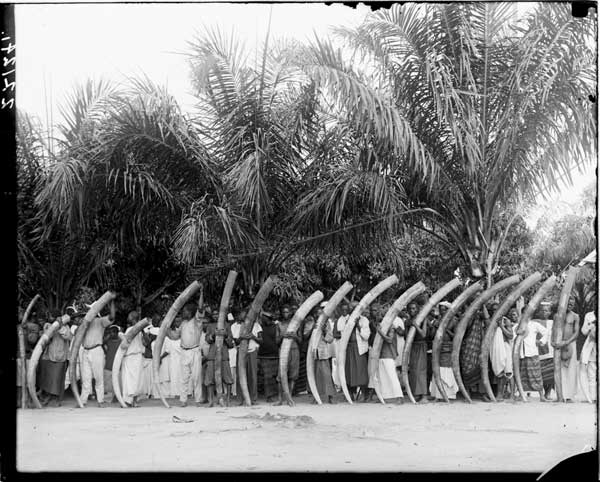
Huileries du Congo Belge (Oil Mills of the Belgian Congo) was founded in 1911 when Lever signed a treaty with the Belgian government that granted him 750,000 hectares of land to develop. Though the project successfully introduced a more mechanised palm oil mill system, infrastructure development was costly and slow, as was exporting palm fruit and oil to Europe. The venture failed to attract a large enough workforce to collect fruit and man the mills, so the subsidiary teamed up with Belgian agents to forcibly recruit Congolese men into labour. While these issues, and the emergence of a highly efficient plantation system in Southeast Asia, constrained the profitability of Lever’s concessions, he had launched one of the world’s first modern multinationals, which was later renamed Unilever.
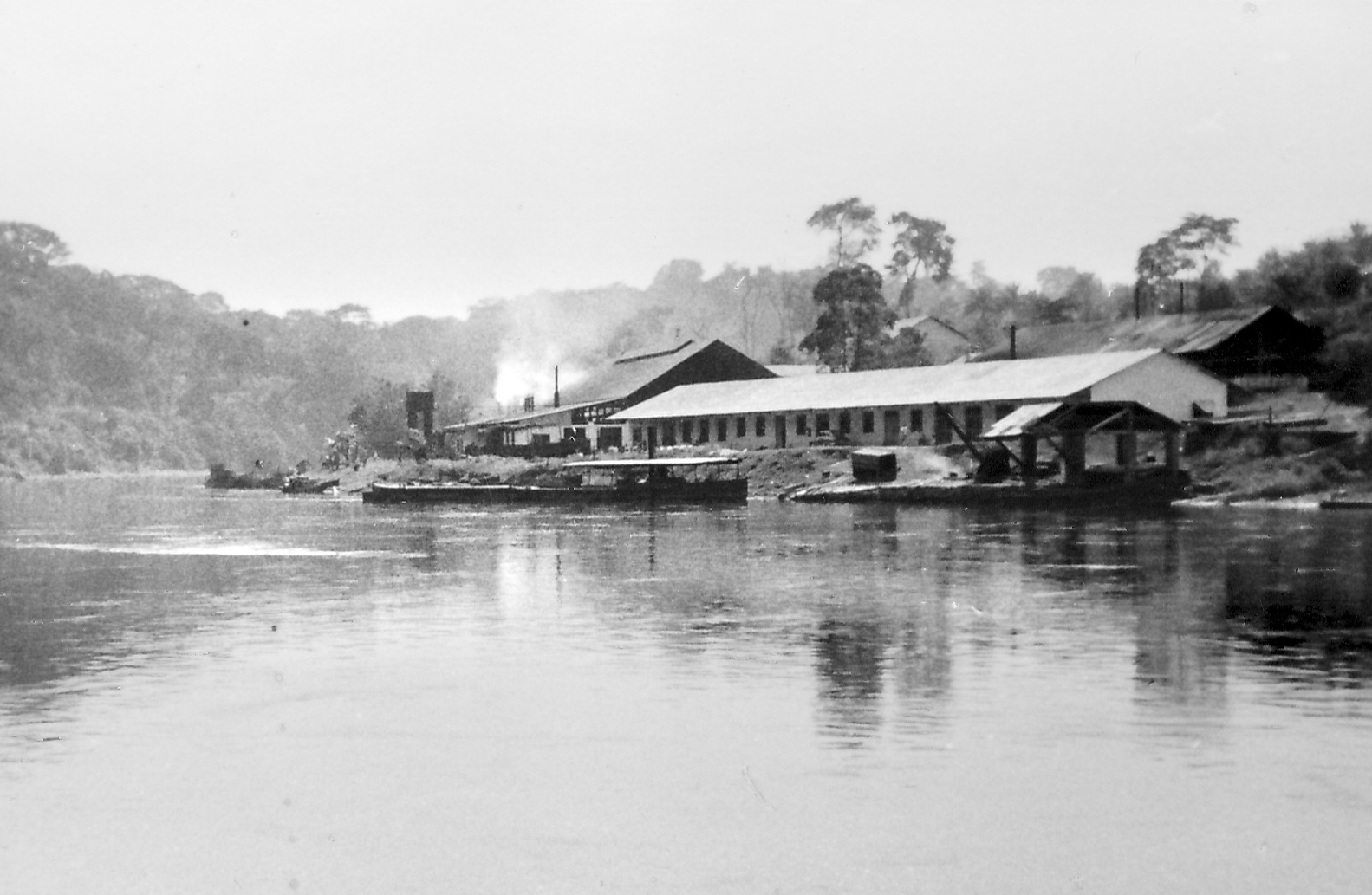
Southeast Asia
Today, Southeast Asia is the centre of global palm oil production – with Indonesia and Malaysia producing around 85% of the world’s supply. But oil palms did not arrive there until 1848, when Dutch botanists planted four seedlings in the botanic gardens in Bogor (then Buitenzorg) on the Indonesian island of Java.
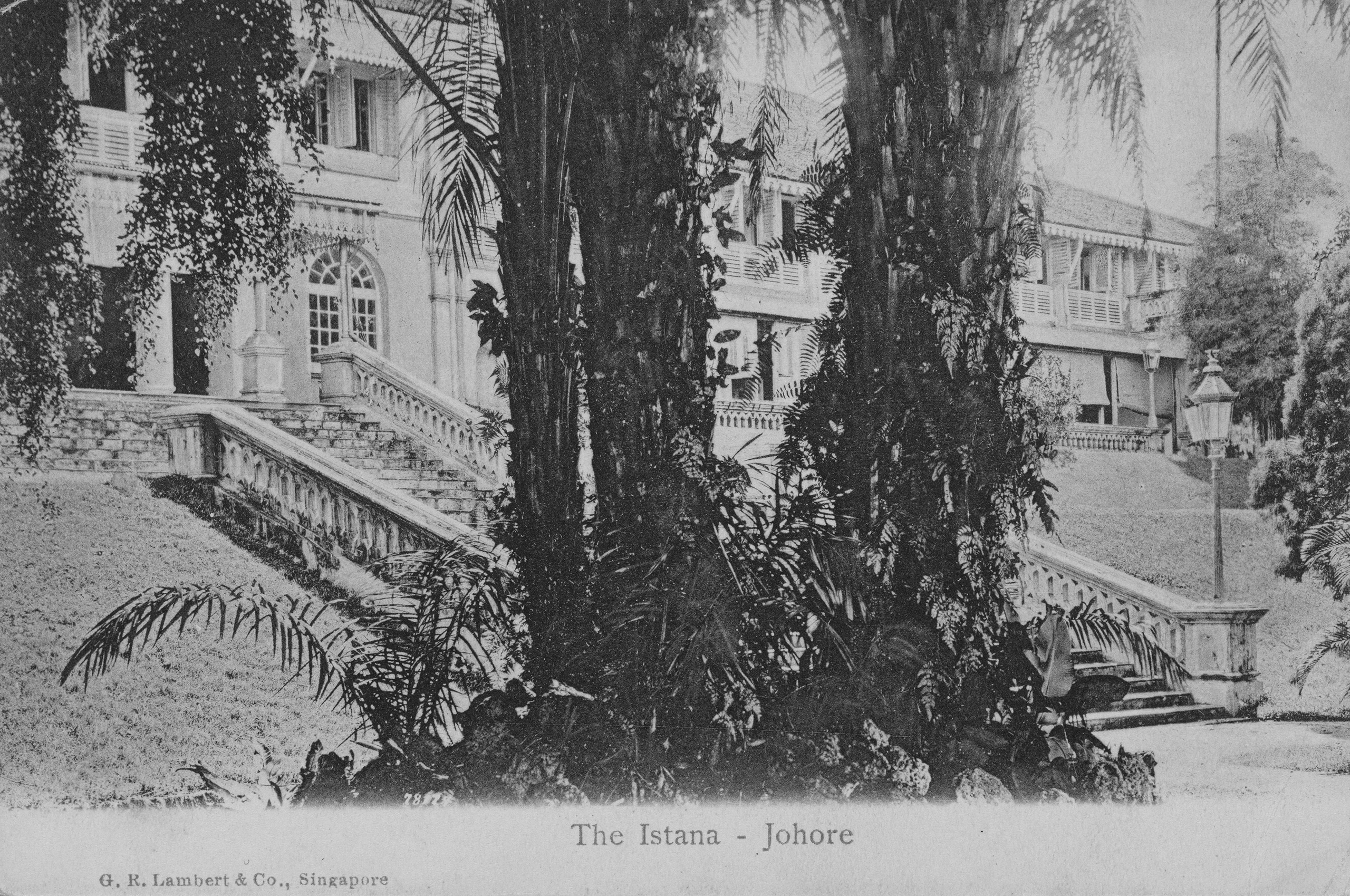
Much of the early development in Southeast Asia’s plantations is attributed to a Belgian entrepreneur, Adrien Hallet, who had acquired experience in industrial cultivation through the rubber trade in the Congo. Hallet noticed that Indonesia’s ornamental palms bore more fruit than those in Africa. Believing that conditions must be ideal for cultivation, he set out to establish his own plantations. He set up Indonesia’s first oil palm plantation at Poeloe Radja in Sumatra in 1911. Then in 1917, he helped two French planters develop Malaysia’s first commercial estate in Selangor. Foreign investors took advantage of the “open-door” policy and by 1936, Sumatra had surpassed Nigeria in palm oil exports.
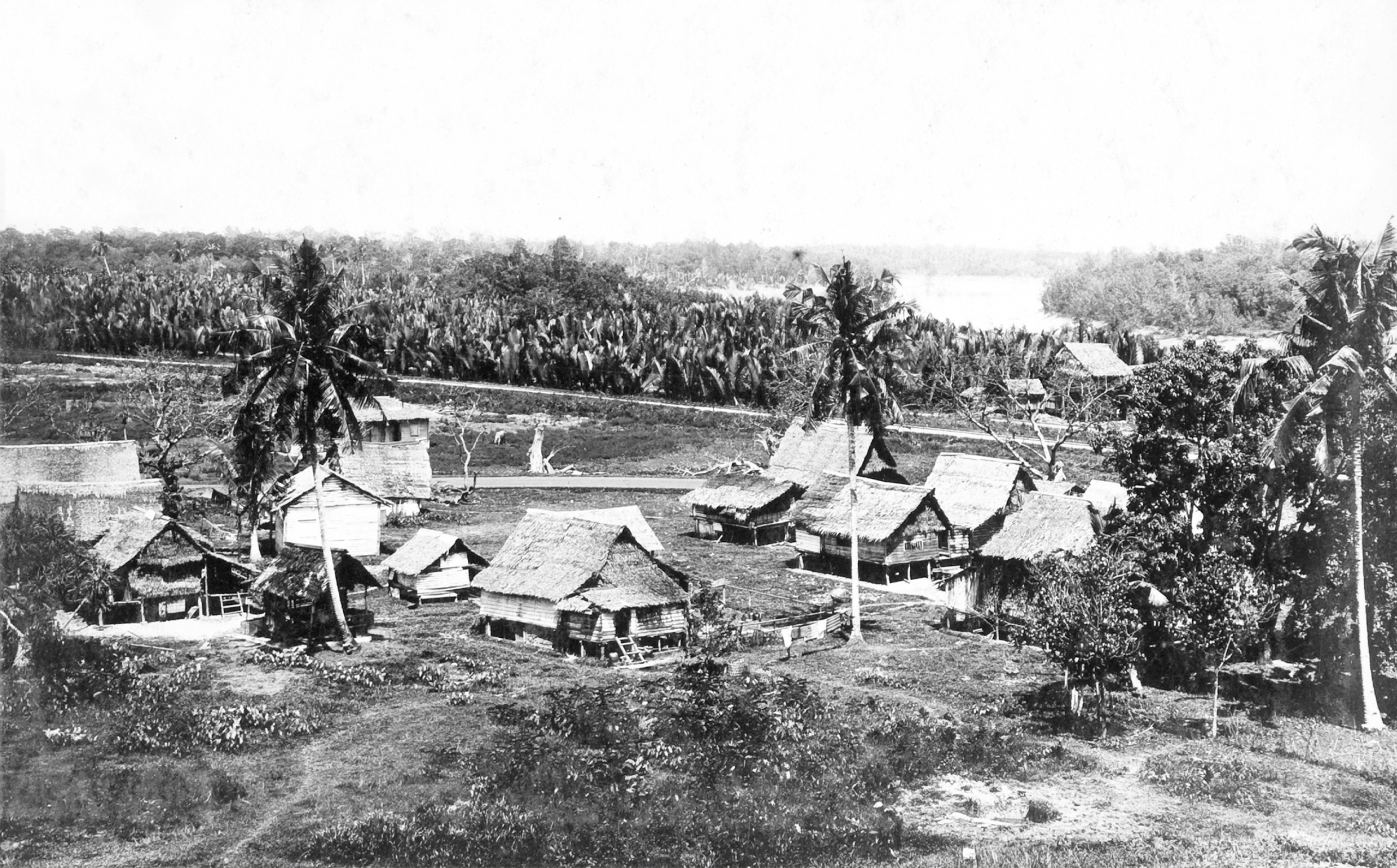
When demand for natural rubber – another major plantation crop in the region – declined after the first world war, palm oil provided an excellent option for diversification. Plantation companies, such as Guthrie, Barlow and Hallet’s company Socfin, repurposed their existing rubber infrastructure for oil palm cultivation. Crucially, these companies laid the foundations for intensive oil palm agriculture in the colonial territories. By the time the second world war broke out in 1939, there were over 100,000 hectares of plantation in Indonesia and Malaysia – with Socfin and Guthrie controlling over 50% of the global palm oil supply.
Road to independence
The region’s palm oil industry deteriorated during the second world war. With major commerce hubs, such as Singapore and Malacca, under Japanese occupation, the infrastructure supporting palm oil supply faltered. Colonial administrators abandoned their posts or were detained, trade routes were blocked and plantations faced labour shortages. Exports dropped to a fraction of their pre-war volumes, and though Malaysian exports rallied in the post-war period, it was nearly two decades before Indonesia’s trade recovered.
Throughout the colonial expansion period in Southeast Asia, the cost to indigenous and local communities was high. People endured the imposition of the colonial system, including forced labour and the appropriation of their ancestral lands – exploitation that continues to this day.
Hundreds of thousands of immigrants from South China and India were also exploited, having been directed to foreign-owned plantations around Malaysia and Indonesia. The so-called “coolies” were put to work through indenture, a system of forced labour relying on debt-bondage and violence.
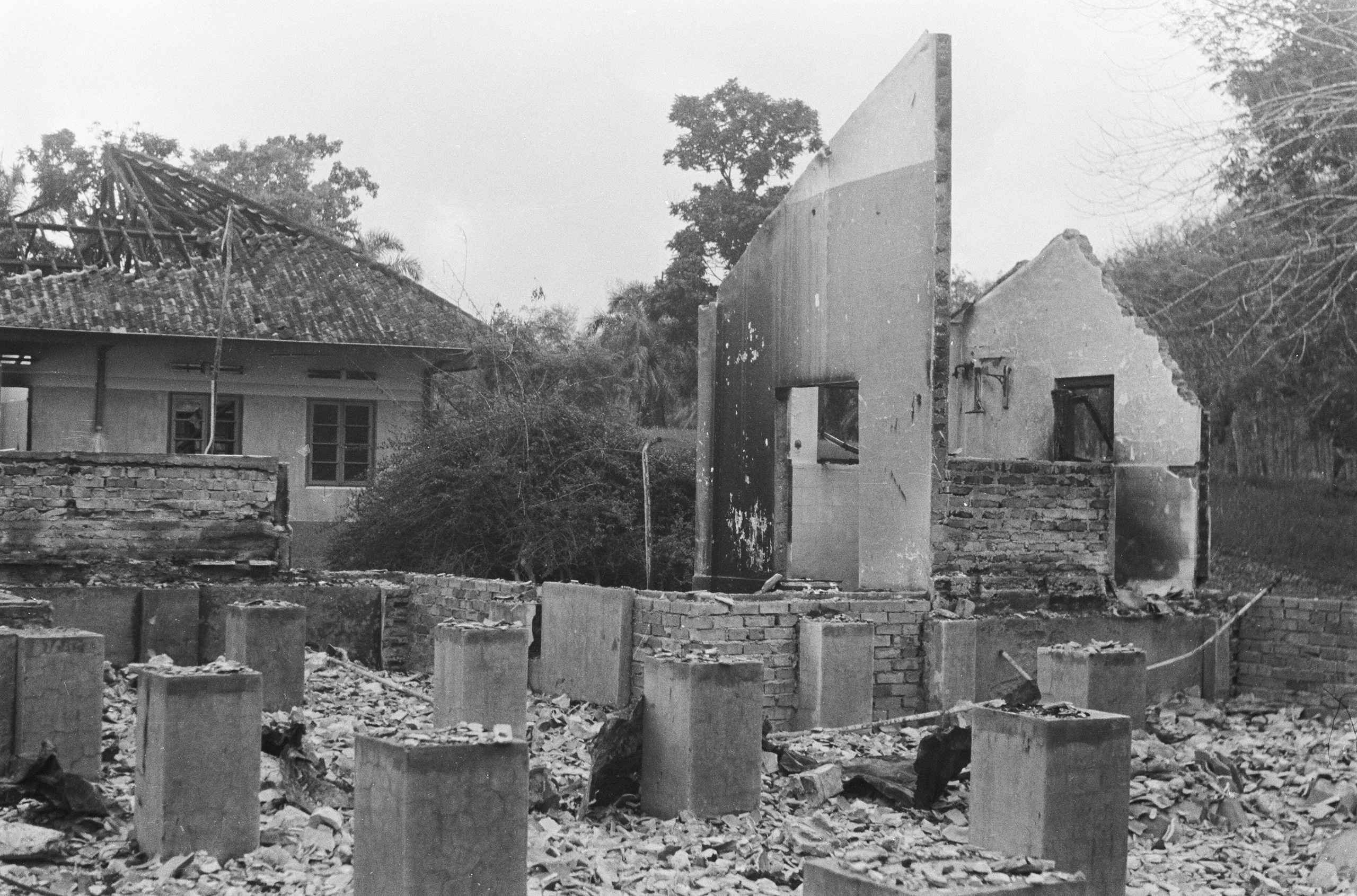
During the war, the occupying Japanese used slogans such as “Asia untuk orang Asia” (Asia for Asian people) and campaigned against the colonial forces that had exploited the region for so long. When Indonesia’s independence was proclaimed in 1945, it reflected a rise in nationalism. Under President Sukarno’s increasingly radical economic policies, many foreign-owned plantations lost government support. Some even became the target of attacks during the unrest that followed the independence declaration. It was not a stable environment from which to grow the plantation industry.
The case in Malaysia was quite different. After the second world war, the British Ministry of Food committed to only purchasing palm oil supplies from Malaysia, which supported the recovery of the country’s palm oil sector. Following independence in 1957, Malaysia’s new government remained supportive of foreign investment. Using palm oil to promote economic growth, it established the Federal Land Development Authority (FELDA) to distribute land to farmers for development. Each FELDA settler was given four hectares of land to grow oil palm or rubber, as well as a small wooden house and land to plant vegetables. This model made Malaysia the global leader for palm oil exports, and received recognition from the World Bank and United Nations as a means to alleviate poverty in developing countries.
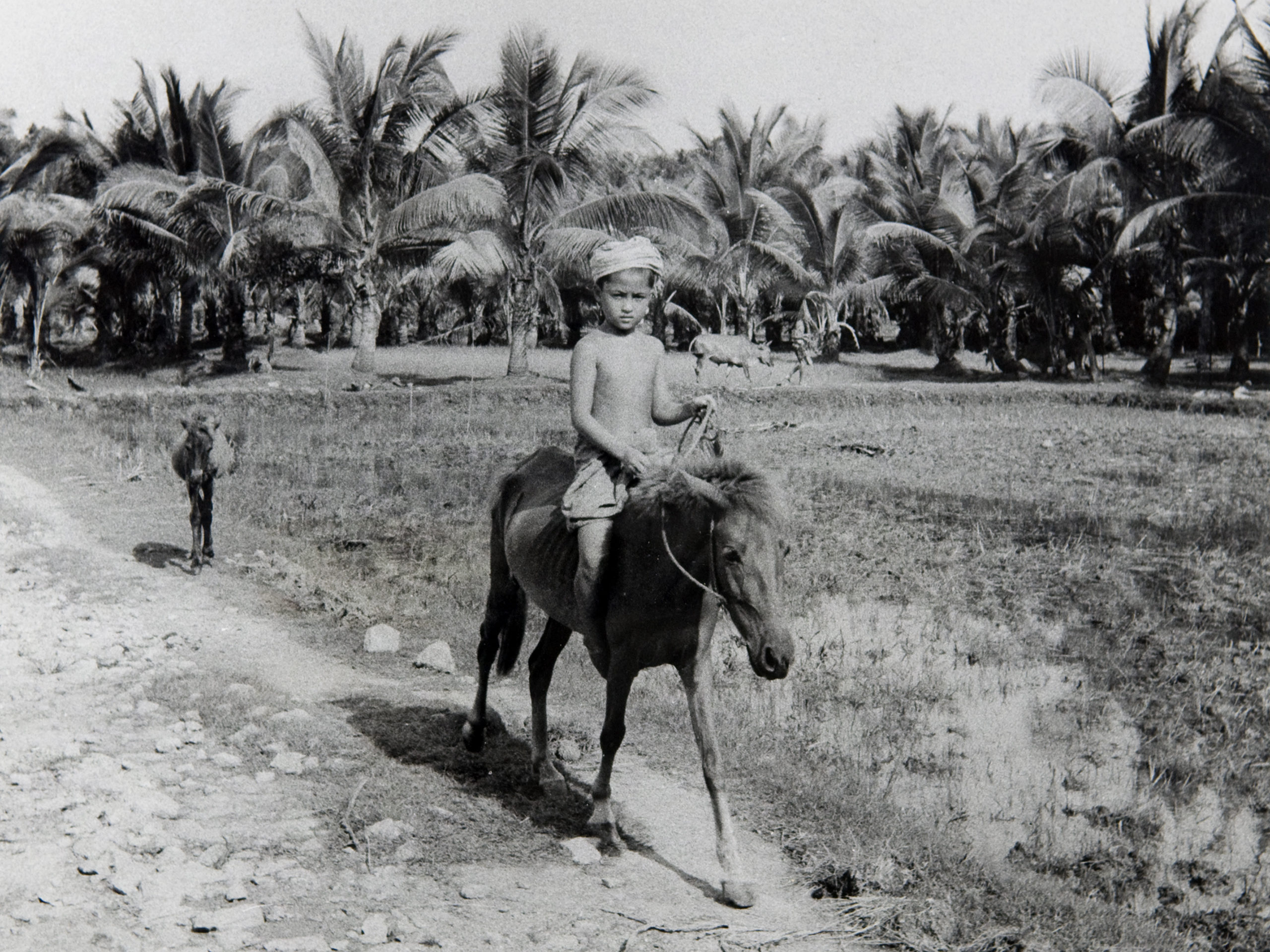
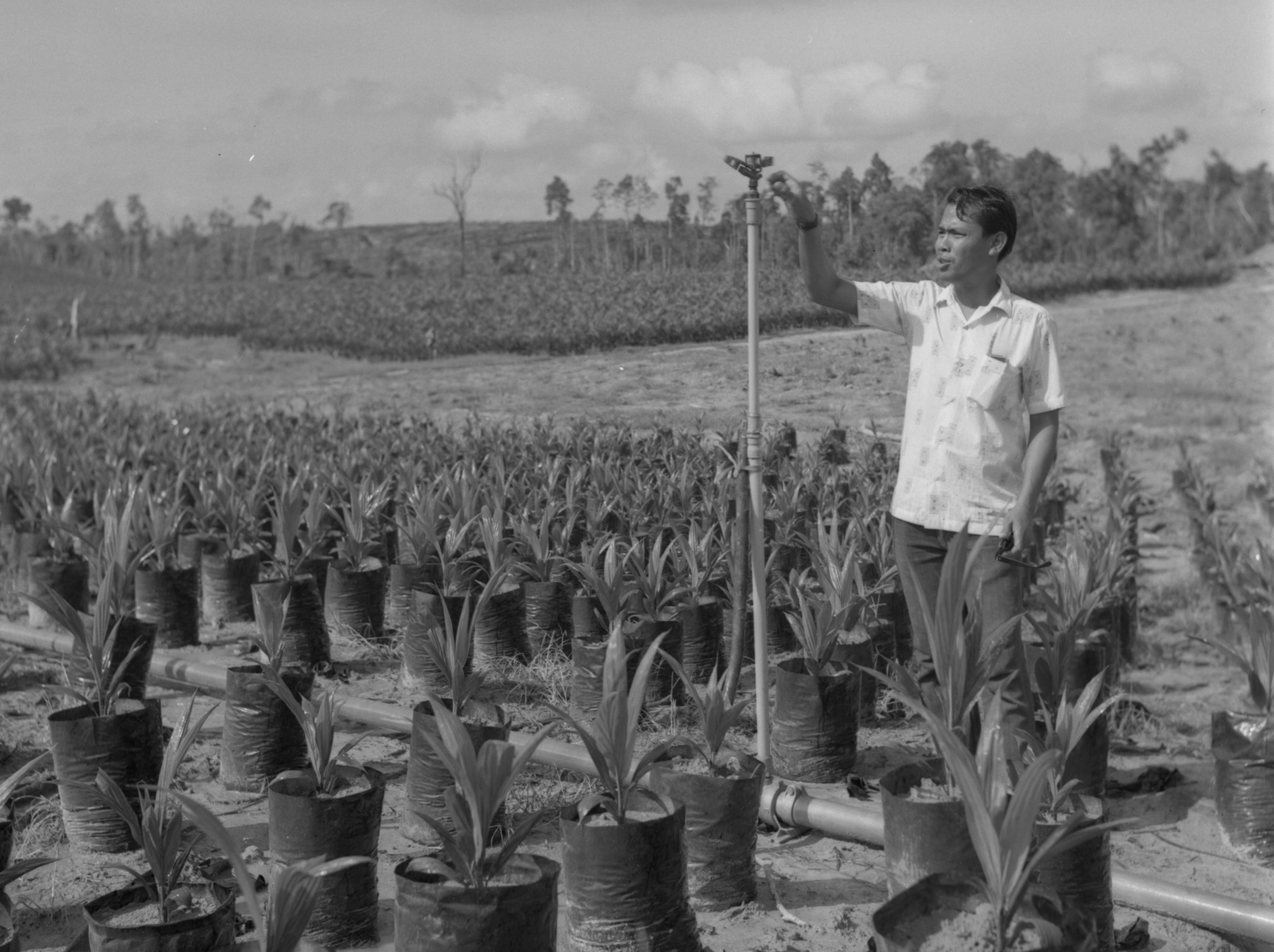
Palm oil boom
Through the 1960s, the deteriorating political situation in postcolonial West Africa led to a decline in palm oil exports, while Southeast Asia’s palm oil industry continued to rapidly expand. Engineers and researchers who had worked in West Africa made their way to Southeast Asia to foster development and expand the smallholding sector.
After Indonesia’s transition to Suharto’s New Order in the mid-1960s, the government began fully supporting foreign companies and investment in oil palm development. By the 1970s, around 150,000 hectares of plantation had been developed in the country. With further investment from the World Bank and the Asian Development Bank, this number grew to 600,000 hectares by 1985.
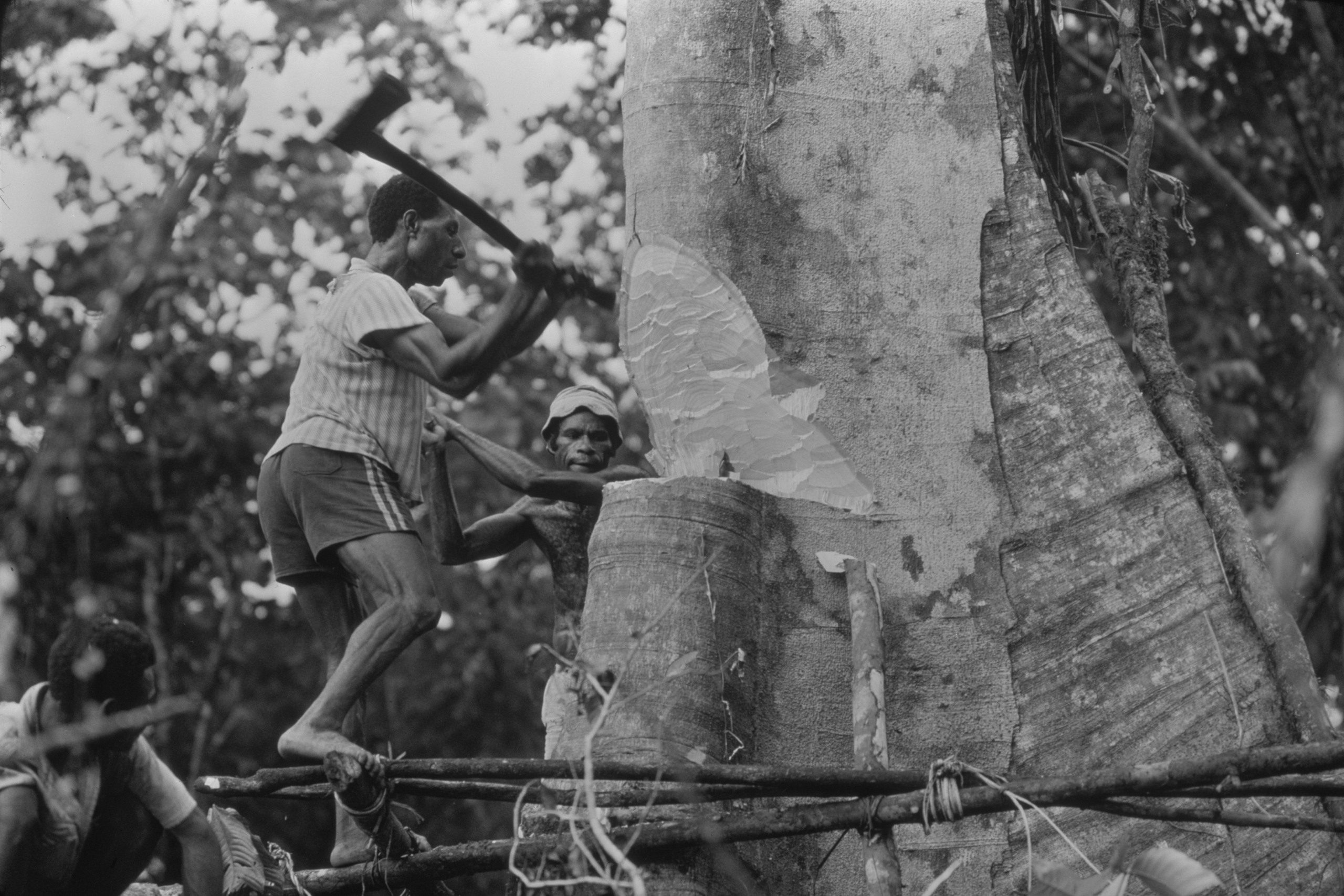
Expansion at what cost?
Across Southeast Asia in the name of socio-economic development, forests were cleared to make way for new oil palm concessions and other development projects. The industry ignited huge conflict over land, with thousands of indigenous and local communities displaced, not to mention forest and biodiversity loss.
As long as the commercial trade in palm oil has been controlled by companies, the commodity has been attached to conflict. This is because palm oil companies have nearly always prioritised profit over human welfare and the environment. Governments have supported this, favouring short-term financial gain from foreign investment at the expense of protecting their own people and resources. Only when palm oil is produced with consideration for indigenous people, local communities and the environment should it be considered sustainable. Though the use of certified sustainable palm oil is increasing, the industry still has a long way to go before the model of colonial profiteering is a thing of the past.
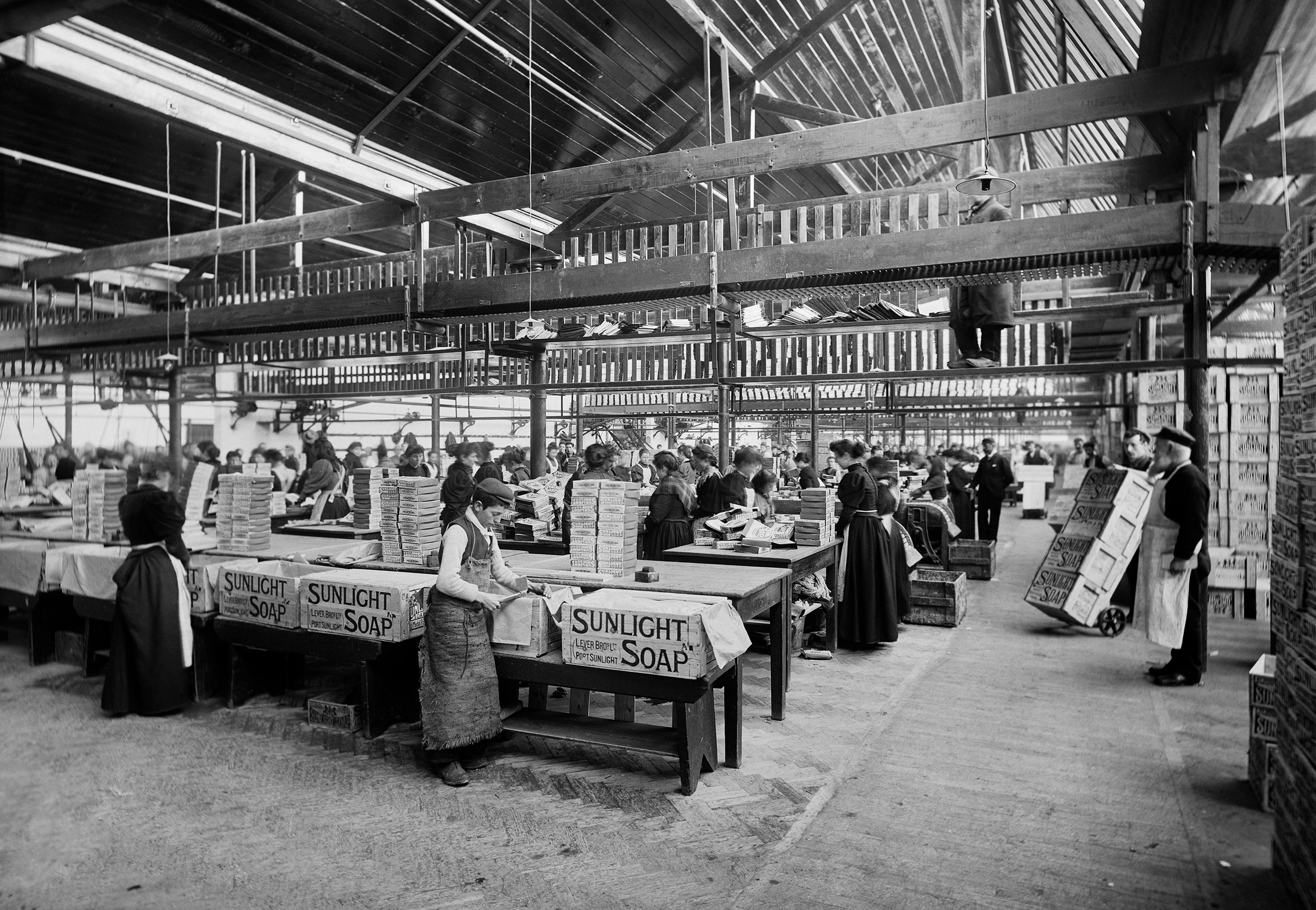

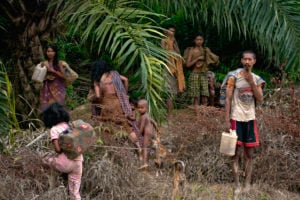
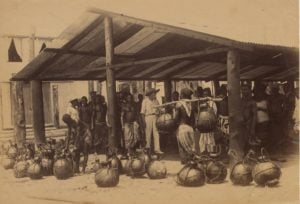
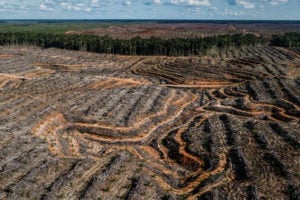
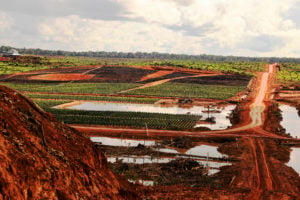

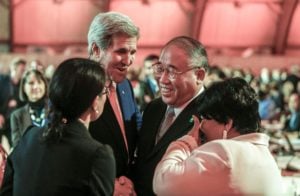
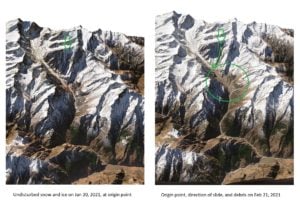
![The Indus at the site of the proposed Diamer-Basha dam [image by: Water and Power Development Authority, Pakistan]](https://dialogue.earth/content/uploads/2020/07/Indus_Diamer_Basha_Dam_Site_Image_WAPDA-300x169.jpg)